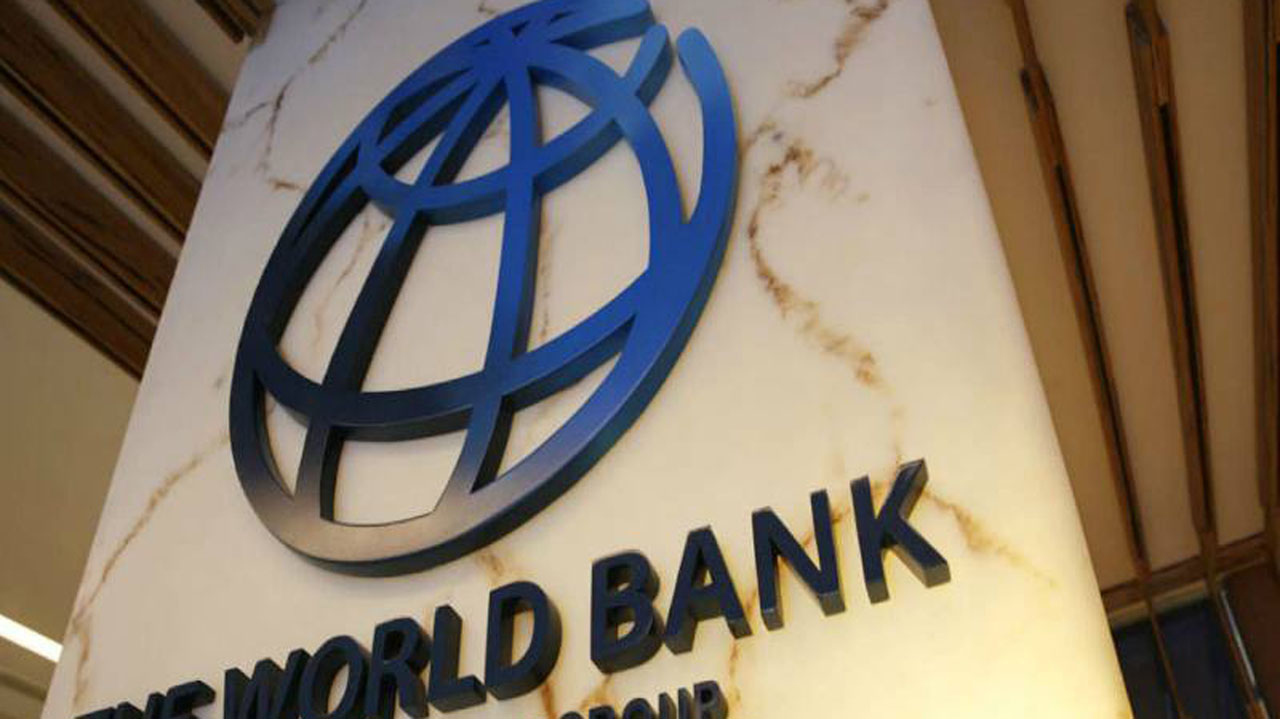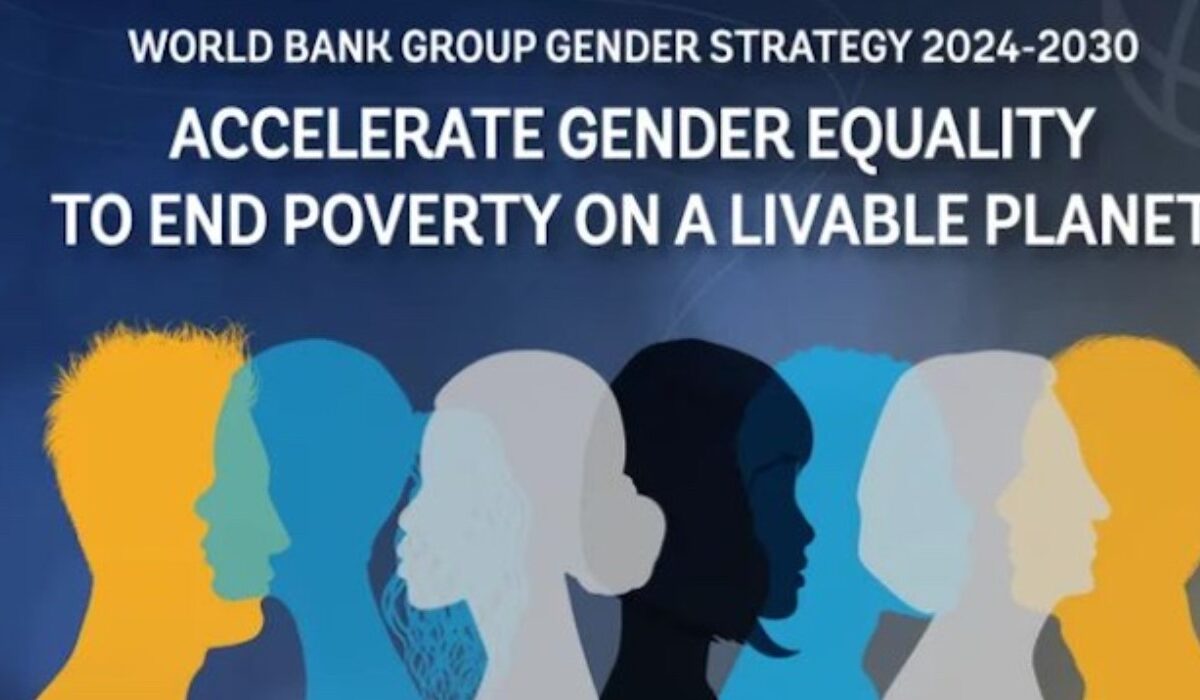
Price of fertilizers to drop
- Agriculture
- No Comment
- 282
The April Commodity Price Outlook, a report of the World Bank, points to a continuous drop in the cost of commodities and reveals that general prices were about 30 per cent off their historical peak at the height of the Russia-Ukraine crisis last year.
In the first quarter (Q1) alone, the average fell 14 per cent even as the World Bank expects the prices to remain “broadly unchanged” for the rest of the year.
The reports also review dynamics in global energy supply and demand, pointing to the role China’s reopening, production cuts and the United States’ economic performance could play in the price. It is positive oil prices will remain stable or even edge lower as the year progresses.
The global community faced a commodity price crisis last year following the Russian invasion of Ukraine last year’s February. Inflation in the United States, the United Kingdom, Europe zone and other regions, including Africa, spiked, setting four-decade highs in many countries.
With the energy price crisis easing globally, inflation has decelerated considerably in recent times. In recent months, there have been concerns about a possible shift to deflationary trend and recession.
The new World Bank report released yesterday, expects the prices of fertilizers, a major trigger of the food price crisis in the past year, to drop considerably this year.
For instance, the report projects the price of di-ammonium phosphate (DAP) to fall by as much as 25 per cent this year. That could pull the price about four per cent below the 2021 price level.
Urea is expected to sell 53.6 per cent less the price last year while potassium chloride could sink 45 per cent lower. Falling fertilizer and other agriculture input prices would translate to lower food production costs for farmers across the globe.
The projections, however, are on the conditions that no other unforgeable crises would distort the supply chain. The crisis in East Europe has been fully priced in by the market and economic forecasts. There are a few uprisings here and there, but not yet considered major crises by forecasters like the World Bank.
The report tracks dynamics in the energy market, recent cuts by the Organisation of the Oil Exporting Countries and allies (OPEC+), China’s reopening as a critical demand factor and other production constraints that could hold considerably in the near-term and shape global supply.
“During the first quarter of 2023, energy prices continued their sharp decline from last year’s record highs, as global growth weakened and the global reshuffling of export markets for natural gas and coal settled. For 2023 as a whole, the energy price index is forecast to fall by 26 percent from 2022, mostly driven by a decline in natural gas prices, and remain broadly stable in 2024. Brent crude oil prices are forecast to average $84 per barrel (bbl) in 2023, down from $100/bbl in 2022, before a slight increase in 2024 as supplies tighten,” the report notes.
It considers the shortfall between quota and actual production, which averaged two million barrels per day (mb/d). It notes shortfalls from Nigeria (0.5 mb/d) and Angola (0.4 mb/d), adding that the current near 1.7 mb/d cut from OPEC could continue through the year.
In all, it notes that “the two prominent upside risks to the oil price forecast concern the speed and oil intensity of China’s reopening and weaker-than-expected oil production growth, particularly in the United States and among OPEC countries”.
“The possibility of stronger-than-expected oil exports from Russia and disappointing global growth could lead to lower-than-expected oil prices. The effect of China’s reopening on oil demand will depend on the strength and nature of the recovery. China is assumed to grow just over five per cent in 2023, with a recovery in domestic consumption, particularly for gasoline and jet fuel.
“The magnitude of the economic slowdown last year and subsequent rebound this year means the increase in oil demand will be substantial. A recovery driven in China by more oil-intensive sectors could lead to much higher prices by the end of 2023,” it adds.
Culled from The Guardian
https://guardian.ng/business-services/hope-for-nigeria-other-food-importers-as-world-bank-sees-sustained-fall-in-prices/





